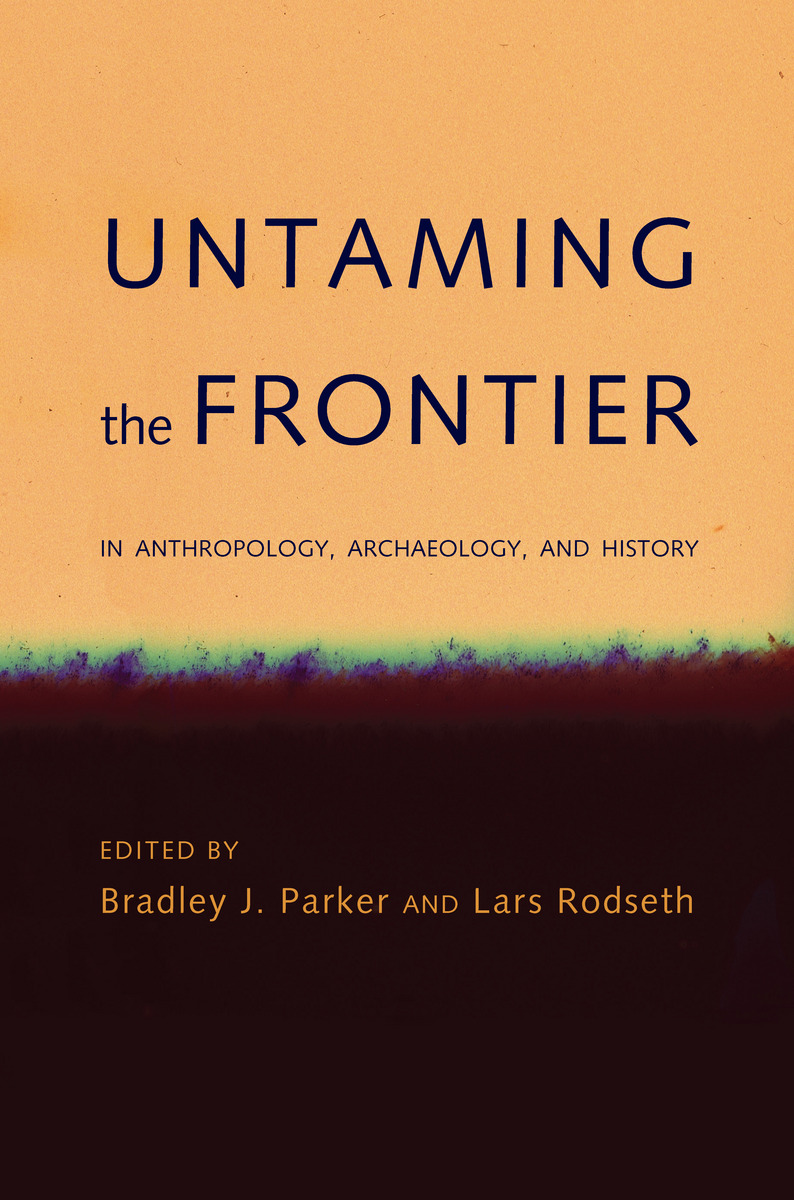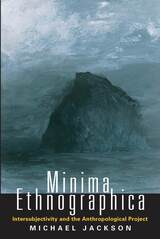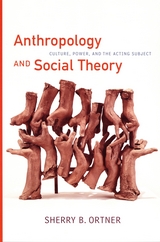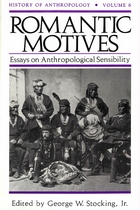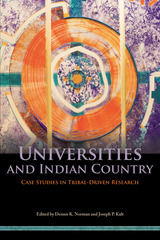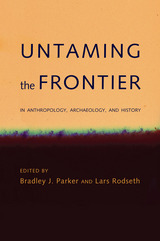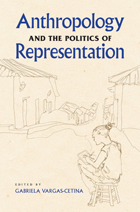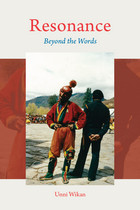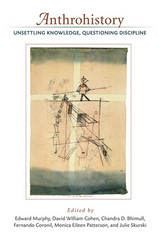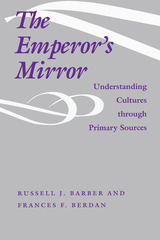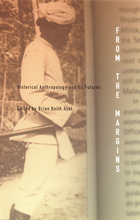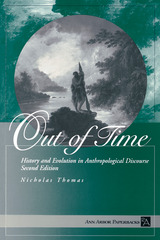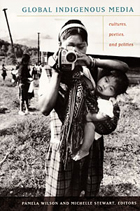Untaming the Frontier in Anthropology, Archaeology, and History
University of Arizona Press, 2005
Cloth: 978-0-8165-2452-5 | Paper: 978-0-8165-3411-1 | eISBN: 978-0-8165-5128-6 (standard)
Library of Congress Classification GN345.U68 2005
Dewey Decimal Classification 305.8001
Cloth: 978-0-8165-2452-5 | Paper: 978-0-8165-3411-1 | eISBN: 978-0-8165-5128-6 (standard)
Library of Congress Classification GN345.U68 2005
Dewey Decimal Classification 305.8001
ABOUT THIS BOOK | AUTHOR BIOGRAPHY | REVIEWS | TOC
ABOUT THIS BOOK
Despite a half century of attempts by social scientists to compare frontiers around the world, the study of these regions is still closely associated with the nineteenth-century American West and the work of Frederick Jackson Turner. As a result, the very concept of the frontier is bound up in Victorian notions of manifest destiny and rugged individualism. The frontier, it would seem, has been tamed. This book seeks to open a new debate about the processes of frontier history in a variety of cultural contexts, untaming the frontier as an analytic concept, and releasing it in a range of unfamiliar settings. Drawing on examples from over four millennia, it shows that, throughout history, societies have been formed and transformed in relation to their frontiers, and that no one historical case represents the normal or typical frontier pattern. The contributors—historians, anthropologists, and archaeologists—present numerous examples of the frontier as a shifting zone of innovation and recombination through which cultural materials from many sources have been unpredictably channeled and transformed. At the same time, they reveal recurring processes of frontier history that enable world-historical comparison: the emergence of the frontier in relation to a core area; the mutually structuring interactions between frontier and core; and the development of social exchange, merger, or conflict between previously separate populations brought together on the frontier. Any frontier situation has many dimensions, and each of the chapters highlights one or more of these, from the physical and ideological aspects of Egypt’s Nubian frontier to the military and cultural components of Inka outposts in Bolivia to the shifting agrarian, religious, and political boundaries in Bengal. They explore cases in which the centripetal forces at work in frontier zones have resulted in cultural hybridization or “creolization,” and in some instances show how satellite settlements on the frontiers of core polities themselves develop into new core polities. Each of the chapters suggests that frontiers are shaped in critical ways by topography, climate, vegetation, and the availability of water and other strategic resources, and most also consider cases of population shifts within or through a frontier zone. As these studies reveal, transnationalism in today’s world can best be understood as an extension of frontier processes that have developed over thousands of years. This book’s interdisciplinary perspective challenges readers to look beyond their own fields of interest to reconsider the true nature and meaning of frontiers.
See other books on: Economic history | Frontier | Human beings | Migrations | World history
See other titles from University of Arizona Press
